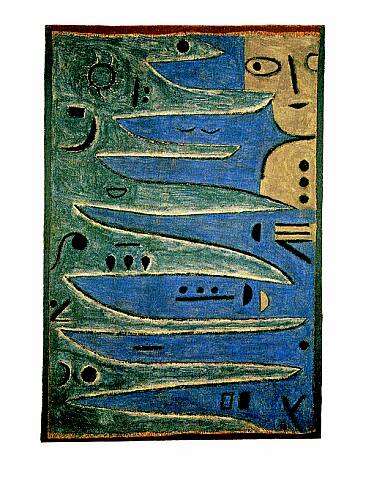Task 3: Modelisation of the Signs Language Learning
Modeling of learning
As said before, we shall deal with the problem of modelling of a sign language acquisition, starting from an experimental method in the aim of confronting in a concrete manner our tools of analysis and formalization. For that, we shall use a corpus of video-sequences built by Fanny Macé, PhD student at SFL, under the supervision of C. Cuxac. Tools for annotating corpora will be developed and used by the partner “Resurgences” which has an expertise in that domain. A program will be developed from a preliminary version already implemented by Samuel Tronçon (“Résurgences”). S. Tronçon programmed game situations inspired by Ludics. In them, strategies of participants are trees, the nodes of which are labelled by lists of possible actions, depending on the sign. Coefficients are associated to the choices made at each interaction. Preferred itineraries are then detected in the space of all the possible action-reaction sequences.
This task will therefore aim at extending the applications of our conception of interaction to the case of learning without supervision of Sign languages and will be conducted by members of C. Cuxac’s team and in coordination with the ANR – Corpus Project Creagest.
Modelling of Sign language learning
Coordinator : Samuel Tronçon (Association « Résurgences »)
Members : Christian Cuxac, Fanny Macé, Alain Lecomte (SFL – Paris 8), Marie-Renée Fleury
(IML)
Content : to use a corpus of data collection concerning a young deaf adult from Cambodia and its interactions (1) in new emerging Sign language with his hearing environment (circus school), in iconic sign language with iconic signers of French Sign Language (LSF), where two Sign
languages meet and mutually teach each other. We will encode the exchanges so that they be
workable in terms of the use of a software that handles interactions in games where two players
interact by reacting to the propositions of the other.
The treatment gradually develops lists of constraints so that the more we advance in the
interaction, the more it becomes normalized.
